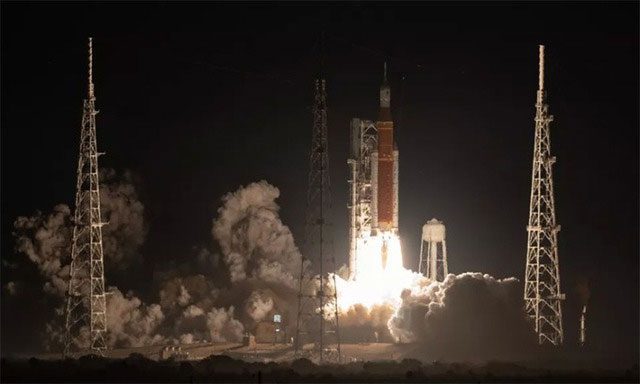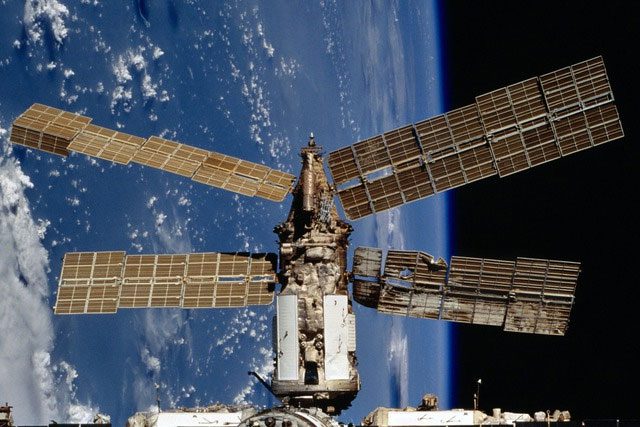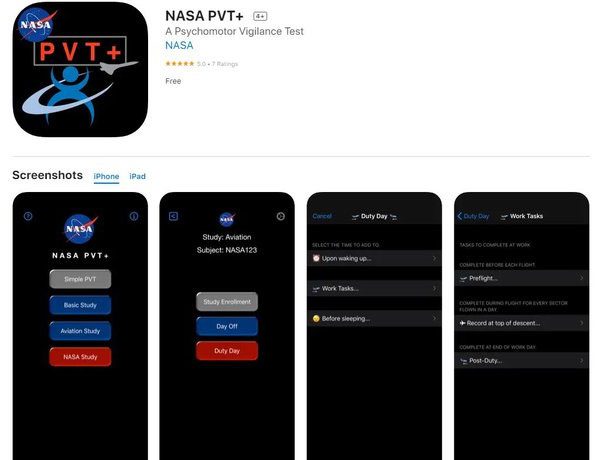Astronauts Are Not the Only “Space Workers” Operating Under Stressful Conditions
If you didn’t know, rocket launches typically occur at midnight or early morning when weather conditions tend to be calmer. For instance, the Artemis 1 mission launched at 1:47 AM (ET) on November 16. The previous launch attempt at the end of August was also scheduled for 8:33 AM (ET). This means that the entire team of over 200 engineers and technicians at NASA often has to stay awake all night to perform checks and fuel the rocket, in a process that lasts about 9 hours.
This is a challenging and lengthy process, as engineers must spend the night carefully pumping hundreds of tons of liquid hydrogen and oxygen into various tanks on a 100-meter tall rocket.
Moreover, a greater challenge in fueling the Space Launch System (SLS) is that its propellant components, hydrogen and oxygen, are cooled to -253°C and -145°C, respectively. This necessitates a complex ground piping system. In fact, the hydrogen propellant tank of the rocket has been known to shrink by up to 15 cm when filled with super-cooled fuel.

Rockets are often launched at midnight or dawn.
During the launch attempt in August, ground controllers encountered a fuel leak and a faulty engine temperature sensor. The launch was delayed by about an hour past the scheduled time, largely allowing the technical team to rest before determining the next steps.
“Today, the team resolved several issues, and everyone was tired by the end of the day, so we decided it was best to pause and regroup tomorrow,” said Mike Sarafin, NASA’s mission director at the time. “First and foremost, we will give the team time to rest, so they can return refreshed tomorrow.”
NASA engineers and technicians are well-compensated; however, given the intensity of their work, these figures seem entirely justified. And if you want to work “extremely hard” and for “long hours at high intensity”, as if your boss were Elon Musk, the experiences from NASA below may be useful.
Fatigue Can Be Dangerous

The incident on the Mir space station was partly due to astronauts being fatigued from lack of sleep.
In 1997, an American astronaut and two Russian astronauts were aboard the Mir space station. A supply spacecraft was on its way to the station, and one of the astronauts used remote controls to dock it manually. However, the spacecraft collided with the space station, damaging several structural components, and those aboard had to try to seal a damaged module with only a few minutes of air remaining.
After the accident, some technological issues arose, but a larger issue was also evaluated. That was the fact that the astronaut piloting the spacecraft had not had enough sleep. A psychologist from the Russian space agency admitted there were “serious doubts” about the astronauts’ ability to dock the spacecraft, yet they still proceeded with the attempt.
Dr. Stephen Hart, a neurologist who served as NASA’s flight surgeon for 25 years, shared: “It is not uncommon to find human errors related to high levels of fatigue during work.”

An astronaut taking a moment to rest.
NASA’s Approach to Balancing Productivity and Rest
Hart’s primary job is to ensure the health of the astronaut crew. They must adhere to a military-style work schedule and need about 8.5 hours of sleep each day while on the International Space Station. However, Hart and his colleagues also advise NASA leadership on how to plan so that teams on the ground are always ready at critical decision-making times. This involves answering the question: “What is the best time for us to sleep to be alert for important tasks?”
NASA ground staff are advised on how to adjust astronauts’ sleep schedules using familiar substances like caffeine and melatonin, employing various tools such as blue light glasses, eye masks, and earplugs. They also experiment with various sleep techniques.

NASA’s app available on the App Store.
A significant part of the challenge is the vast differences in how individuals respond to sleep deprivation. NASA is very interested in the experiments in space, but they also want their staff to participate in trials to understand what will happen. NASA subsequently developed an app based on the techniques they use to assess whether astronauts in orbit are overly fatigued. It is designed for researchers to evaluate “psychomotor vigilance” during sleep studies. You can use it yourself to see how fatigue is affecting you. Look for the app named NASA PVT+ on the App Store.
“Some people are always as tough as nails without needing much sleep, but others collapse and become exhausted,” Hart shared. “You need to encourage everyone to experiment with their own bodies before they put themselves or others in stressful situations.”





















































